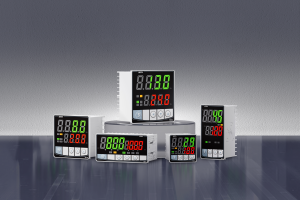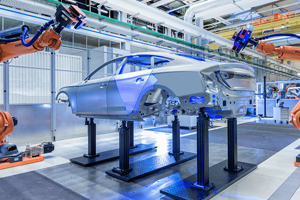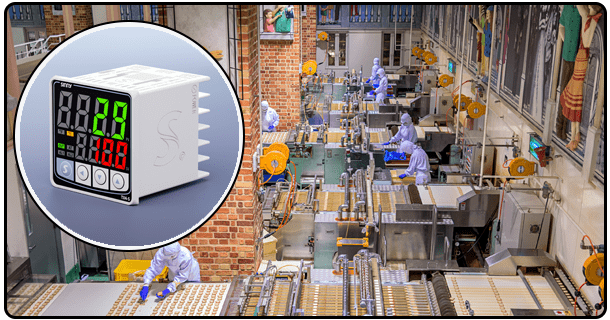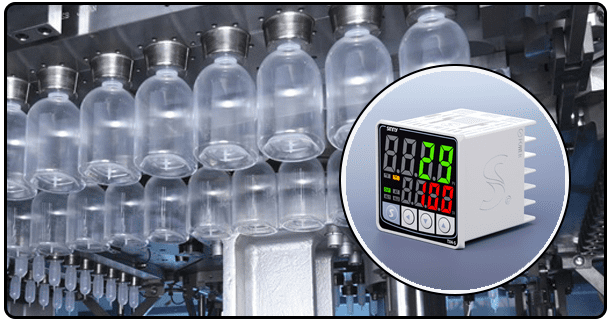The Complete Guide to Setting Up A PID Controller
This comprehensive guide will teach you how to setup a PID Controller. Understanding the components required, wiring, initial configurations, tuning methods and application in different industries is important.
1. Introduction
Required Components
You will need all of the components before you can set up your PID. These components include:
PID controller: Main device for managing the loop of control.
Sensors: devices that measure the process variables (e.g. temperature sensors, pressurized sensors).
Power Supply : Power supply for the PID controller.
relay: A switch which controls the device's heating or cooling based on its output.
Heater/Cooler: Device that adjusts the process variables (e.g. heater or cooler).
The PID system is composed of many components. Each one plays an important role. Sensors provide data in real time, PID controllers process this data to generate outputs, relays act as switches, and heating and cooling devices adjust the process variables.
2. How to wire the PID controller
The wiring of the PID controller is an important step during the installation process. To ensure correct wiring, follow these steps:
Connecting a Temperature Sensor
The input terminals of the PID Controller are marked.
The temperature sensor is connected to input terminals.
3. How to Wire the Relay
Find the output relay terminals of the PID controller.
Connect the wires of the relay to the terminals at the output, making sure that the connection is secure.
Connecting Heating/Cooling Device
Connect the cooling or heating device to the relay.
Make sure all connections and insulation are properly sealed.
The PID controller will only work if it receives sensor data accurately and can control the device.
Initial Configuration
After the wiring has been completed, you can proceed with the initial configuration.
4. Turning on the PID Controller
Connect the PID controller to its power source.
Switch on the power to the controller and make sure it is powered.
Installing the temperature sensor
You can access the PID controller settings by clicking on its menu.
Follow the instructions of the manufacturer to configure the sensor type, calibration and settings.
Setting the desired Setpoint
Set the target setpoint (the value of the process variable) to the desired value.
To ensure that the controller is operating with the correct setting, save the settings.
The initial configuration of the PID controller is crucial to ensuring that it operates at the right parameters and controls the process variables.
PID Controller Tuning
To achieve the best control performance, the PID controller must be tuned by adjusting its integral, proportional and derivative gains. A responsive, stable and reliable control system requires proper tuning.
The Importance Of Tuning
The control system will respond accurately when the process variable changes.
This minimizes the overshoot and all other errors.
5. Tuning Methods
Proportional (P): Modifies the proportional gain in order to control the response time of the system.
Integer (I): Corrects integral gain by eliminating steady-state errors and accounting for previous errors.
Derivative D (D) : Modifies the derivative gain in order to forecast future errors and dampen them.
Tips on Effective Tuning
Increase the gain proportionally until you get the desired response.
Integral gain is a way to remove steady state error.
Add the derivative gain at last to improve stability and reduce overshoot.
Troubleshooting and Testing
It is essential to check the set-up after configuring the PID controller and tuning it to make sure it works correctly.
6. Test the PID Controller Setup
Watch the variable to ensure that it is at the desired setpoint.
Watch the response of the system to changes made in the variable.
Troubleshooting and Common Issues
Reduce the proportional gain if the system oscillates or increase the derivative gains.
Increase the percentage gain or reduce the integral gain if the system takes a long time to react.
Adjust the integral gain if the system shows a steady state error.
Test and troubleshoot thoroughly to ensure the controller is working correctly and accurately.
Application of PID controllers
In many industries, PIDs are widely used. Some examples include:
7. Industrial Application
PID controllers are used in manufacturing to regulate the temperature, pressure and flow of processes like chemical production or food processing.
Consumer Application
PID controllers are used in everyday appliances to ensure energy efficiency and consistent performance, including home heating systems and refrigerators.
Case study: Temperature control in HVAC systems
To maintain a comfortable environment indoors, HVAC systems depend on PID controls. The PID controllers maintain a stable climate by continuously adjusting heating and cooling outputs based on room temperatures.
- A comprehensive guide to the implementation of a PID controller
- What is a PID controller? What is its role and applications?























